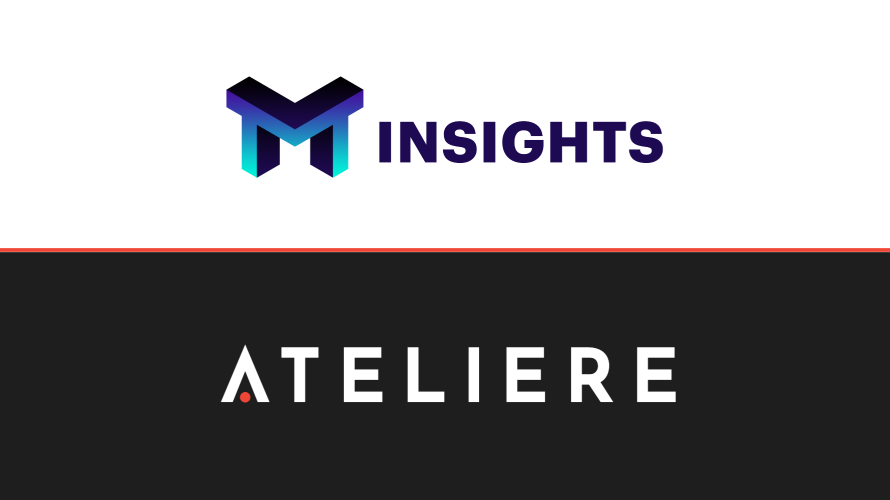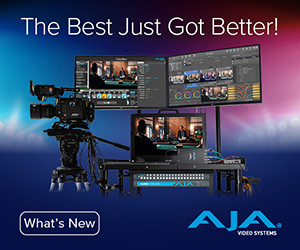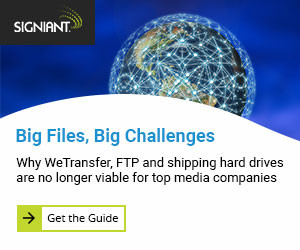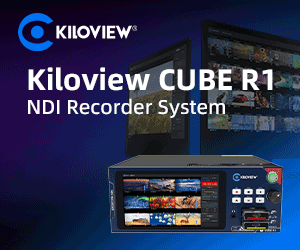From their inception, media asset management (MAM) systems have been a crucial component of the media supply chain. Traditionally MAM systems service customers by managing and storing media files like images, audio, and video. However, as the industry rushes to meet audience demands, it's clear that traditional MAM systems are hitting a wall when it comes to "inventory management."
This begs the question, are legacy MAMs adequately equipped to handle the needs of today's media supply chain? Enter the concept of an organized content hub — a solution that promises to bridge the gap left by traditional MAM systems and meet the demands of content inventory management in the digital age.
What’s Wrong With Media Asset Management Platforms?
One of the glaring issues with current media asset management is the chaos caused by disorganized media files. The inability to distinguish source from derived assets adds another layer of complexity. This disorganization not only hampers efficiency but also affects the decision-making process regarding asset utilization.
Assets that are disorganized or unclear, whether they are original or derived from other materials, make them difficult to use, reducing productivity and team effectiveness. Difficulty in distinguishing original content from edited versions leads to redundant work, risks of outdated content and rights management issues, causing missed deadlines and increased costs.
Pitfalls Of Bad Inventory Management
Traditional MAMs struggle with comprehensive inventory management, particularly in overseeing the entire lifecycle of digital assets. This limitation poses challenges in maintaining organized content libraries, safeguarding intellectual property and capitalizing on monetization opportunities. The gap hinders effective asset utilization tracking, rights management and revenue identification, potentially leading to inefficiencies and devaluing content portfolios. Strong inventory management tools are crucial for optimizing operational efficiency and protecting intellectual property assets.
Version Control Is A Real Challenge
Without detailed inventory management capabilities, content owners and media organizations can easily fall prey to 'versionitis.’ This term reflects the overwhelming challenge media managers face when dealing with the proliferation of asset versions. This issue arises from the storage of multiple full versions of the same media file without adequate differentiation or metadata tagging to highlight their variances. This not only consumes vast amounts of digital storage - leading to increased costs and management complexities - but also makes it increasingly difficult to locate the correct version of an asset when needed.
Without nuanced differentiation, critical versions may be overlooked, or incorrect ones may be used, affecting the integrity of the final content output. This issue is exacerbated in environments that lack robust version control systems, where changes are not systematically tracked, and the relationships between versions are not clearly defined.
Interoperability In Media Asset Management
Interoperability in the context of media asset management (MAM) refers to the ability of different systems, software, and tools to work together seamlessly, exchanging and utilizing media assets (like video, audio, images, and metadata) without compatibility issues. The concept of interoperability is key in solving issues in media asset management systems around managing changes, adding new languages, and improving version control.
Interoperability ensures that media assets can be efficiently and effectively managed, accessed, and used across different systems and platforms. The lack of interoperability across systems often leads to fragmented asset management, where updates in one system don't carry over to others. This issue magnifies when managing global content that needs new language tracks or subtitles, as each new version increases version control complexity.
Adopting an interoperable framework that enables smooth communication and data exchange across the media supply chain is crucial. This ensures that any update, like a new language version or metadata change, is instantly updated across all platforms, keeping data consistent. Additionally, integrating robust version control systems to document every change, including the details of the change and its history, helps maintain a clear version lineage for easy access to previous versions.
The Solution: Seamless Media Supply Chain In The Cloud
The shift to a cloud-based media supply chain is a game-changer, blending MAM functions with advanced distribution. In this unified setup, media assets are generated, managed, stored and distributed seamlessly from one platform, erasing barriers between creation and delivery. A cloud-based media supply chain offers unmatched flexibility and scalability, allowing content owners to adapt swiftly to industry changes without hefty infrastructure investments. This model supports a dynamic content inventory that expands easily to cater to various distribution channels and platforms.
By using cloud storage, organizations can adjust their capacity as needed, leading to significant cost savings. Additionally, AI integration in cloud-based media supply chains enhances operational efficiency and asset management, streamlining processes from creation to distribution. AI automation improves asset indexing and content discoverability, and opens up new monetization avenues, boosting revenue potential and speeding content to market efficiently in a competitive landscape.
The Benefits Unpacked
The transition to a cloud-based media supply chain marks a pivotal shift in inventory management. This move is not just about keeping up with the digital age; it's about redefining efficiency and monetization in media asset management. The integration of AI and cloud technologies promises a streamlined, efficient approach to managing media assets, setting a new standard for the industry.
Transitioning to a cloud-based media supply chain isn't merely an upgrade; it's a strategic move towards future-proofing your media assets and unlocking their full potential.



























